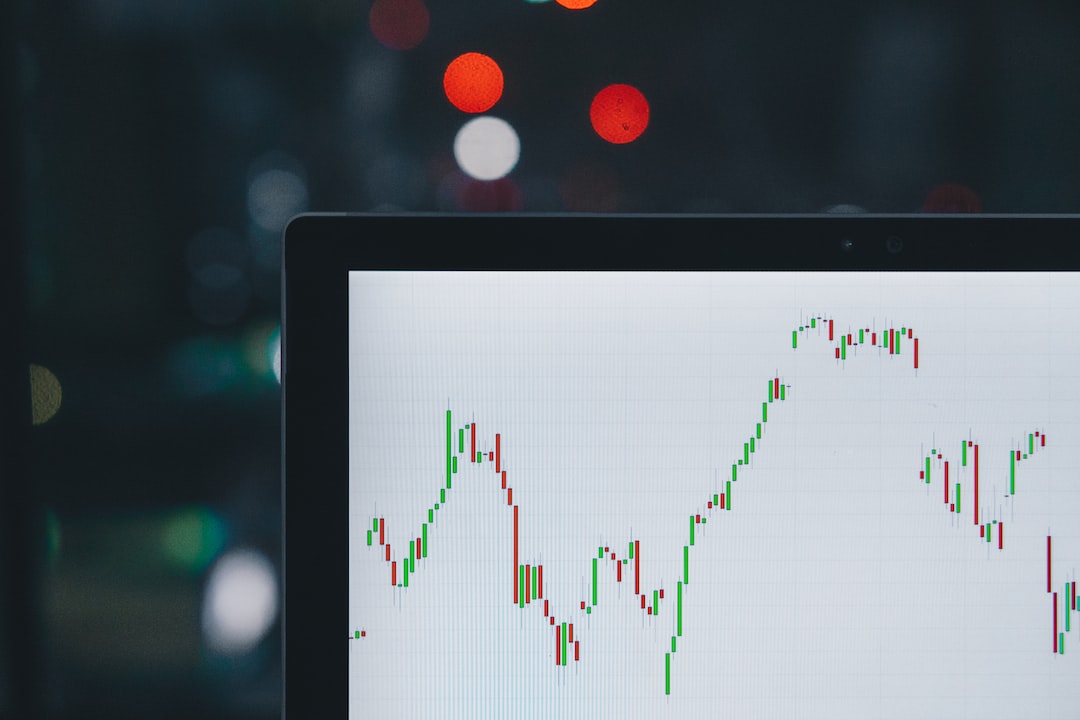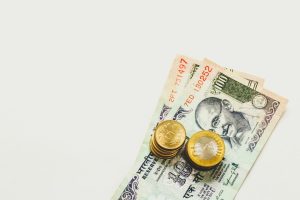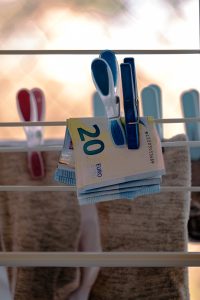Leverage is a powerful tool for forex traders. It allows them to make trades with a larger position size than their account balance would otherwise allow. This increases the potential for profit, but also increases the potential for loss. In this article, we will explain how you can use leverage in forex trading.
What is leverage?
Leverage is the ability to control a large amount of currency with a small amount of money. For example, if you have a leverage of 100:1, you can control $100,000 worth of currency with only $1,000. This is because your broker lends you the rest of the money.
Leverage is expressed as a ratio. The most common ratios in forex trading are 50:1, 100:1, and 200:1. However, some brokers offer leverage as high as 500:1.
How does leverage work?
When you open a trade, you need to put up a certain amount of margin. Margin is the amount of money you need to have in your account to open a position. The amount of margin required depends on the leverage ratio and the size of the position.
For example, if you want to buy $100,000 worth of currency with a leverage of 100:1, you need to have $1,000 in your account as margin. If you have a leverage of 200:1, you only need to have $500 in your account as margin.
If the trade goes in your favor, you can make a profit. Let’s say you bought $100,000 worth of currency and it increased in value by 1%. You would make a profit of $1,000 ($100,000 x 1%). However, if the trade goes against you, you can lose money.
Let’s say you bought $100,000 worth of currency and it decreased in value by 1%. You would lose $1,000 ($100,000 x 1%). If you only had $1,000 in your account as margin, your account would be wiped out.
This is why it’s important to use leverage carefully. The higher the leverage, the more risk you are taking on.
How to use leverage in forex trading
Here are some tips for using leverage in forex trading:
1. Understand the risks
Before you start trading with leverage, you need to understand the risks involved. Leverage can amplify your profits, but it can also amplify your losses. Make sure you have a solid understanding of forex trading before you start using leverage.
2. Choose the right leverage ratio
The leverage ratio you choose will depend on your trading style and risk tolerance. If you are a conservative trader, you may want to choose a lower leverage ratio. If you are an aggressive trader, you may want to choose a higher leverage ratio.
3. Use stop-loss orders
A stop-loss order is an order that automatically closes your trade when the price reaches a certain level. This can help you limit your losses if the trade goes against you. Make sure to set your stop-loss order at a level that makes sense for your trading strategy.
4. Manage your risk
Managing your risk is important when using leverage. Make sure you have a risk management plan in place before you start trading. This may include setting a maximum amount of risk per trade, diversifying your portfolio, and using stop-loss orders.
5. Practice with a demo account
Before you start trading with real money, practice with a demo account. This will allow you to get a feel for how leverage works without risking any real money.
Conclusion
Leverage can be a powerful tool for forex traders, but it also comes with risks. Make sure you understand how leverage works and the risks involved before you start trading with leverage. Choose the right leverage ratio, use stop-loss orders, manage your risk, and practice with a demo account. With the right approach, leverage can help you increase your profits in forex trading.






